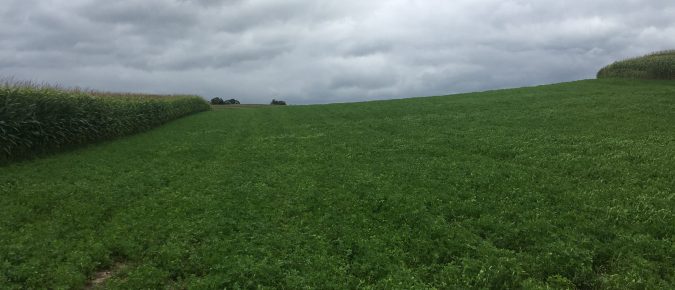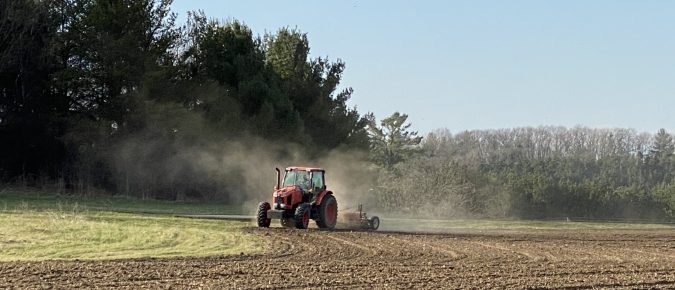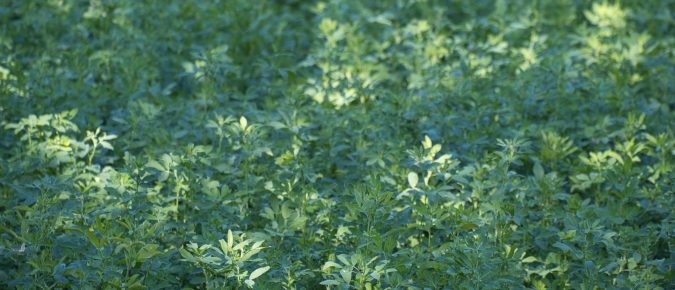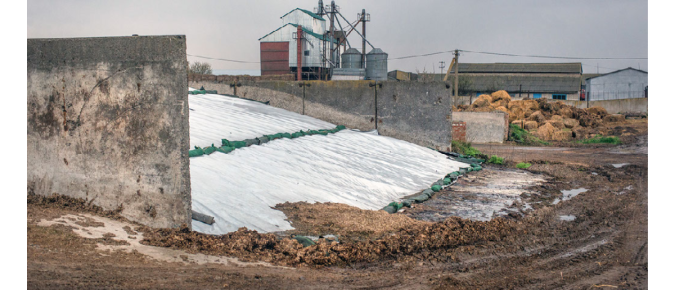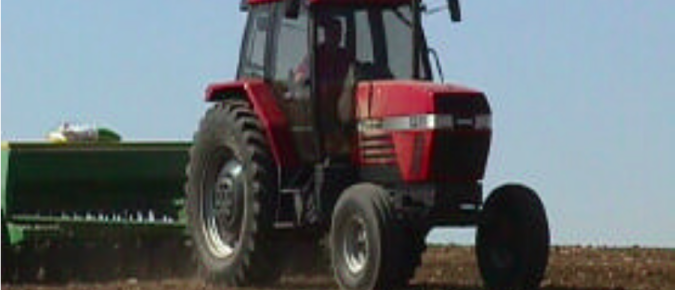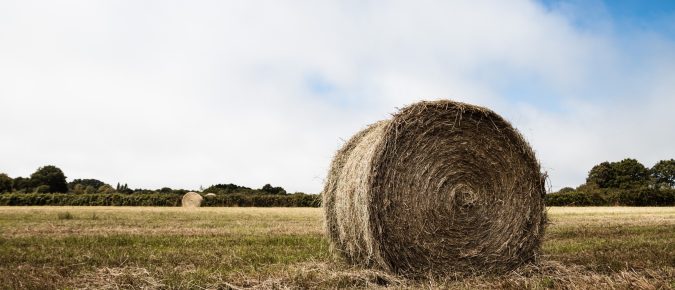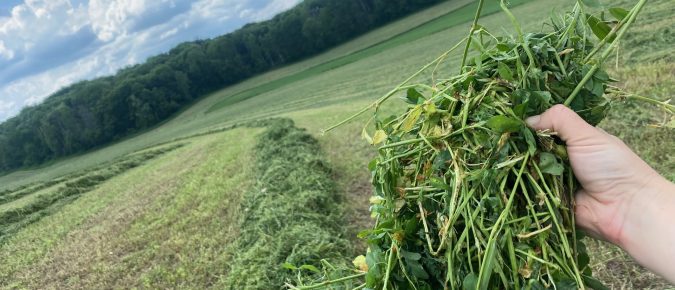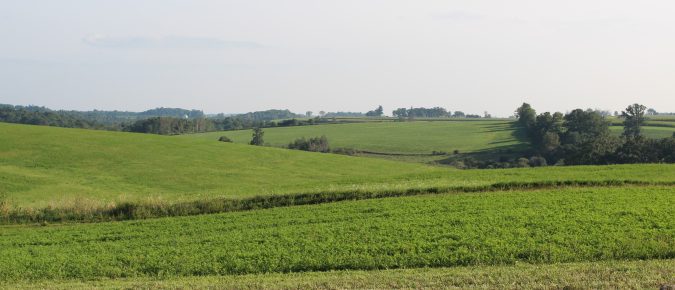Step 1: Choose a representative 2-square-foot area in the field. Step 2: Determine the most mature stem in the 2-square-foot sampling area using the criteria shown in the table to the right. Step 3: Measure the length of the tallest stem in the 2-square-foot area. Measure if from the soil surface (next to plant crown) to the […]
Stress in the seeding year reduces future yields of alfalfa. This occurs because the seeding year determines the stand plant density as well as individual plant size and vigor. The following paragraphs will show that autotoxicity, potato leaf hopper, cover crop, and, possibly, drought stresses in the seeding year will reduce alfalfa yield in future years, even when the stress is gone.
Winter Injury occurs someplace in Wisconsin every year. Being able to diagnose and manage winter damaged stands may help prolong stand life and increase production. Below is a brief discussion on diagnosing and managing winter damaged alfalfa.
Properly constructed, a drive-over silage pile can provide efficient and economical silage storage. Proper design, filling, covering and feed-out is critical for optimizing silage dry matter recovery from a drive-over pile.
It’s early May, you’re looking at a rather marginal alfalfa stand, the haylage silo is nearly empty, and you generally use some corn silage in the dairy ration. Here are the options: What are the advantages and disadvantages of each option? With Option 1, you give-up all alfalfa production on the field for the current year […]
Hay producers working in humid environments are well-acquainted with the consequences of baling moist hays, which include heating, molding, losses of dry matter (DM) and nutritive value, and the possibility of spontaneous combustion.
When significant winter alfalfa stand damage occurs consider the following. The situations vary from low spots only in fields to significant portions of the fields.
Drought can significantly reduce alfalfa yield. Timing of drought can be critical. First cutting may be reduced in the case of a dry March. Alfalfa root systems die back to some extent over winter. The root system requires good soil moisture in the early spring to regrow. I
The uniqueness of alfalfa spring growth has been a core factor for many discussions, research trials, media articles, debates, and flat-out arguments among forage brethren. Generally, the conversation centers around when to cut and the best method to determine forage quality of the maturing alfalfa plant. Spring 2013 may offer additional unique aspects of making […]
One of the most common problems faced by hay or silage producers is how to manage production schedules around unfavorable weather. Inevitably, some wilting forage crops are damaged by rainfall each year, and producers often inquire about the effects of rain damage, and what impact this may have on forage quality, silage fermentation, and animal […]
Research studies in recent years have shown that sulfur (S) may be deficient in some parts of Wisconsin. Sulfur deficiencies are most likely to occur when high S-demanding crops such as alfalfa, canola, or forage brassicas are grown on sandy soils or on other soils that are low in organic matter, far from urbanized areas, or have not received manure within the last 2 years.
The single factor most affecting profitability of alfalfa is yield. This can be seen in the graph at the right which depicts economic data from the Green-Gold program (a third party verified measured yield and quality program) the Wisconsin Forage council used to run.

